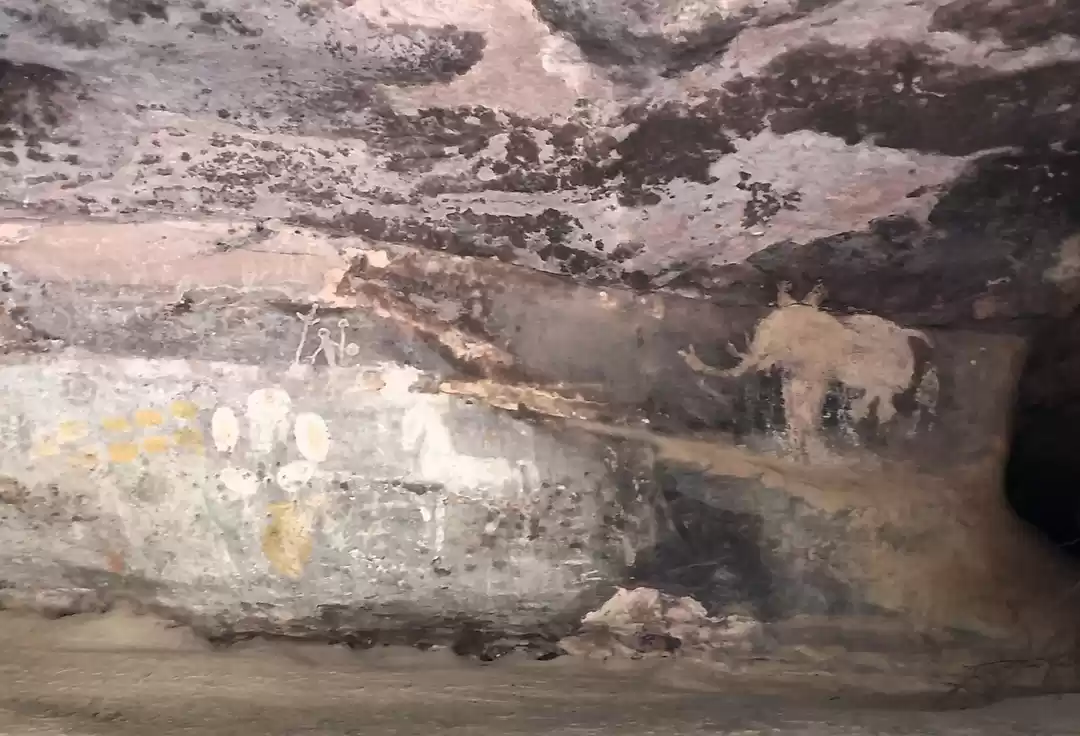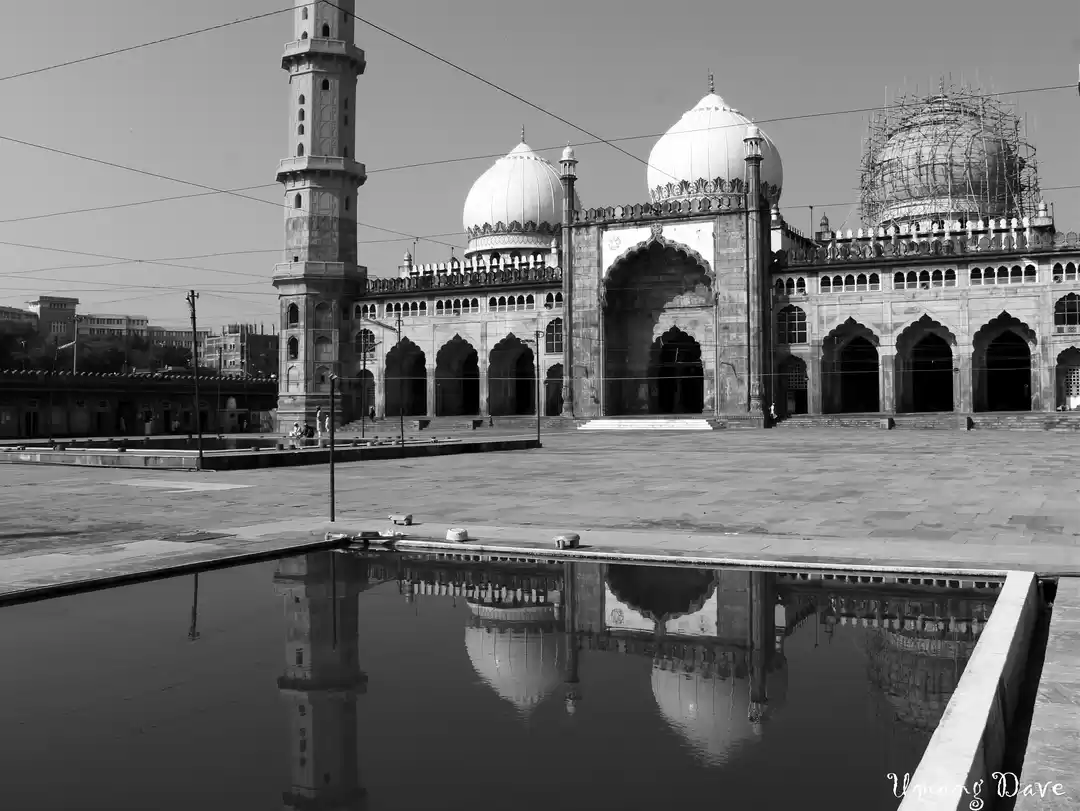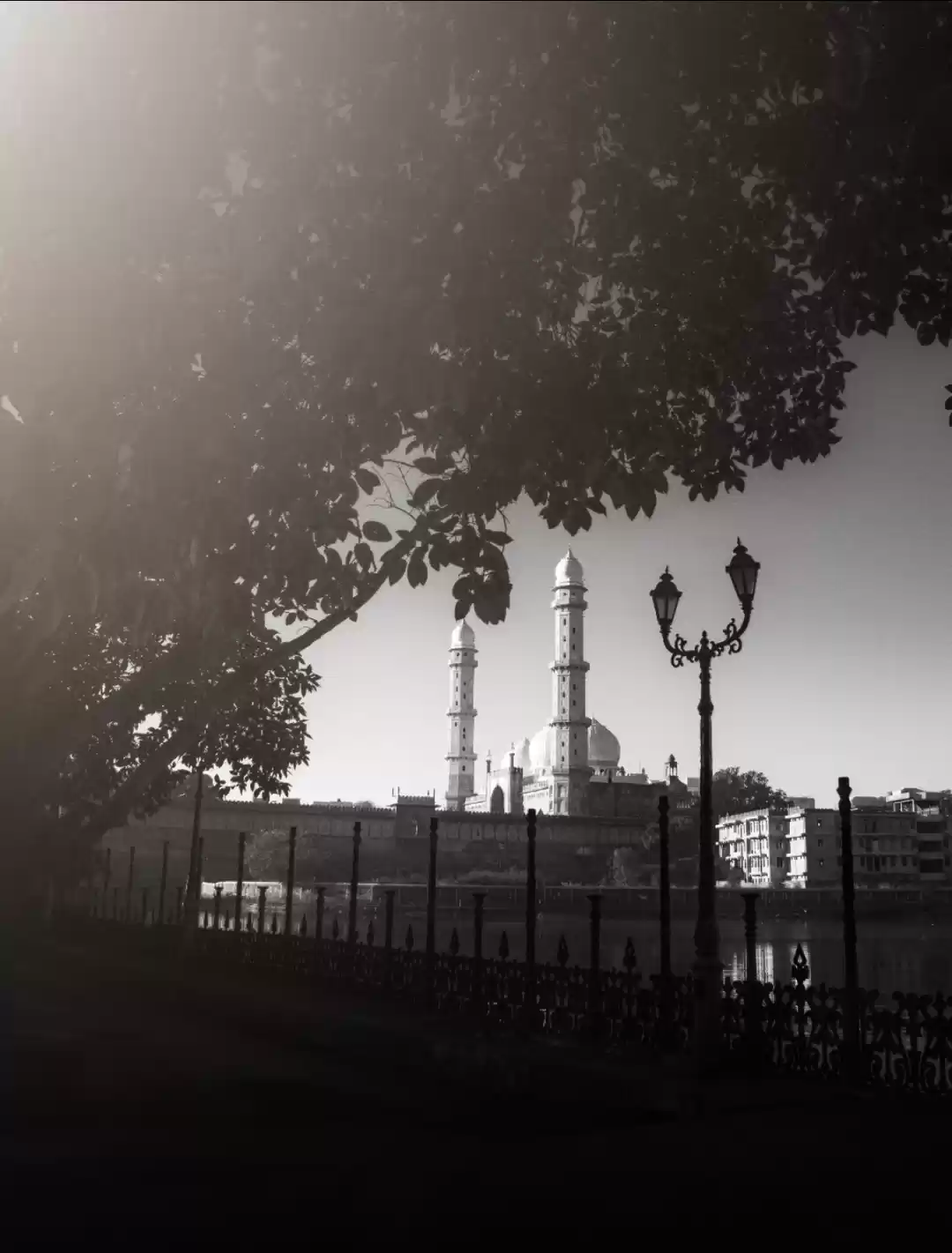Are you looking for a unique and enriching travel experience in India? Do you want to explore the history, architecture, and culture of one of the largest mosques in the world? If yes, then you should visit Taj Ul Masjid Bhopal, the crown of mosques in India. In this article, you will learn everything you need to know about this magnificent mosque, from its origin and design to its significance and tips. Read on and get ready to plan your trip to Taj Ul Masjid and Bhopal.

History of Taj Ul Masjid
Taj Ul Masjid, which means Crown of Mosques in Arabic, is a testament to the rich and diverse heritage of Bhopal, the capital city of Madhya Pradesh. The mosque was built by Nawab Shah Jahan Begum, the female ruler of Bhopal state, who was known for her progressive and visionary leadership. She started the construction of the mosque in 1877, with the aim of creating a grand and elegant place of worship for the Muslim community.
However, the construction of the mosque was halted several times due to various reasons, such as the lack of funds, the death of the Nawab, and the political turmoil in the region. The mosque remained incomplete for more than a century, until it was finally completed in 1985 by Allama Mohammad Imran Khan Nadwi Azhari, a renowned Islamic scholar and leader.
The mosque witnessed many historical and political events that shaped the history of Bhopal and India, such as the British rule, the Partition, and the Bhopal Gas Tragedy. The mosque also served as a refuge and a relief center for the victims of the gas leak in 1984, which killed thousands of people and affected millions more.
Architecture of Taj Ul Masjid
Taj Ul Masjid is a masterpiece of Mughal style architecture, which combines the elements of Persian, Turkish, and Indian influences. The mosque covers an area of 23,312 square meters, and can accommodate up to 175,000 people at a time. The mosque has a pink facade, which symbolizes the color of royalty and nobility. The mosque has three white domes, which represent the unity of God, the Prophet, and the Ummah (the Muslim community). The mosque has four towering minarets, which stand for the four pillars of Islam: faith, prayer, charity, and pilgrimage.
The mosque has a spacious courtyard, which is surrounded by arched colonnades and marble flooring. The courtyard has a large water tank, which is used for ablution and purification before prayers. The courtyard also has a sundial, which is used to determine the time of prayers. The mosque has a main prayer hall, which is adorned with ornate arches, carved pillars, and Quranic inscriptions. The prayer hall has a mihrab, which is a niche that indicates the direction of Mecca, the holy city of Islam. The prayer hall also has a mimbar, which is a pulpit where the imam (the leader of the prayer) delivers the sermon.
Taj Ul Masjid is one of the most beautiful and impressive mosques in India and the world. It is comparable to other famous mosques, such as Jama Masjid in Delhi, Mecca Masjid in Hyderabad, and Hagia Sophia in Istanbul. However, Taj Ul Masjid has its own unique charm and character, which reflects the spirit and culture of Bhopal and Madhya Pradesh.
Significance of Taj Ul Masjid
Taj Ul Masjid is not only a place of worship, but also a place of learning, culture, and community. The mosque plays an important role in the Islamic culture and community of Bhopal and India. The mosque hosts the daily prayers, the Friday sermon, the Eid celebrations, and the Islamic education. The mosque is also a center of social and charitable activities, such as feeding the poor, helping the needy, and promoting peace and harmony.
The mosque is also a source of pride and inspiration for the people of Bhopal and India. The mosque showcases the legacy and contribution of the Nawabs of Bhopal, who were among the most enlightened and progressive rulers in the history of India. The mosque also represents the resilience and courage of the people of Bhopal, who survived and thrived despite the challenges and tragedies they faced.
The mosque has also attracted many notable personalities and dignitaries, who have visited or prayed at the mosque. Some of them are Maulana Abul Kalam Azad, the first education minister of India and a freedom fighter, Dr. Zakir Naik, a famous Islamic preacher and scholar, and Dr. APJ Abdul Kalam, the former president of India and a scientist.
Tips for Visiting Taj Ul Masjid
If you are planning to visit Taj Ul Masjid and Bhopal, here are some useful and practical tips for you:
- The mosque is open from 6 am to 8 pm every day, except on Fridays, when it is open only for the Friday prayers from 12 pm to 2 pm. The entry fee is free for everyone, but donations are welcome.
- The dress code for the mosque is modest and respectful. Men should wear long pants and shirts, and women should wear long skirts or dresses and cover their heads with scarves or dupattas. Shoes should be removed before entering the mosque, and bags should be left at the security check.
- The best time to visit the mosque is during the early morning or evening, when the mosque is less crowded and more serene. The mosque is also very beautiful during the sunrise and sunset, when the light creates a stunning effect on the facade and the domes.
- The mosque is located in the old city of Bhopal, which is also known as the walled city. The old city is a treasure trove of history, culture, and heritage. You can explore the old city by walking, cycling, or taking a rickshaw. Some of the nearby attractions and places to visit in the old city are the Upper Lake, the Bharat Bhavan, the Moti Masjid, and the Shaukat Mahal.
- Bhopal is also famous for its delicious and diverse cuisine, which reflects the influence of the Mughal, Rajput, and Maratha cultures. You can try some of the local food and delicacies in Bhopal, such as the Bhopali kebab, the poha-jalebi, the rogan josh, and the sheer khurma. You can find many restaurants, cafes, and street stalls in the old city and the new city of Bhopal, which offer a variety of dishes and flavors.
Conclusion
Taj Ul Masjid Bhopal is a must-visit destination for anyone who wants to experience the beauty, history, and culture of one of the largest mosques in the world. The mosque is a marvel of Mughal style architecture, a symbol of Islamic culture and community, and a witness to the history and heritage of Bhopal and India. Whether you are a religious, cultural, or adventurous traveler, you will find something to enjoy and appreciate at Taj Ul Masjid and Bhopal.
So, what are you waiting for? Book your trip to Taj Ul Masjid and Bhopal today, and discover the crown of mosques in India.











































